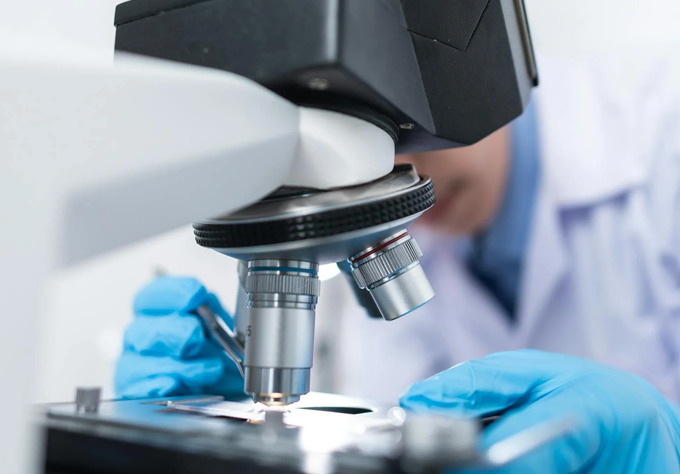Electron Backscatter Diffraction
In a scanning electron microscope (SEM), accelerated electrons in the primary beam can be diffracted by the atomic layers of crystalline materials. When these diffracted electrons strike a phosphor screen, they produce visible lines that can be detected.
How It Works
-
Electron Beam Interaction:
A focused electron beam hits the sample surface, causing some electrons to be backscattered. -
Diffraction:
As the backscattered electrons leave the sample, they interact with the crystal lattice planes, undergoing diffraction and creating a characteristic diffraction pattern. - Pattern Detection: A dedicated EBSD detector captures the diffracted electrons, forming a visible pattern on a phosphor screen, known as a Kikuchi pattern.
- Pattern Analysis: The Kikuchi pattern is analyzed by software to determine the crystal orientation based on the position and intensity of the diffraction bands.
- Scanning and Mapping: By scanning the electron beam across the sample surface, a series of diffraction patterns are collected, generating a map of crystal orientations across the region of interest.

